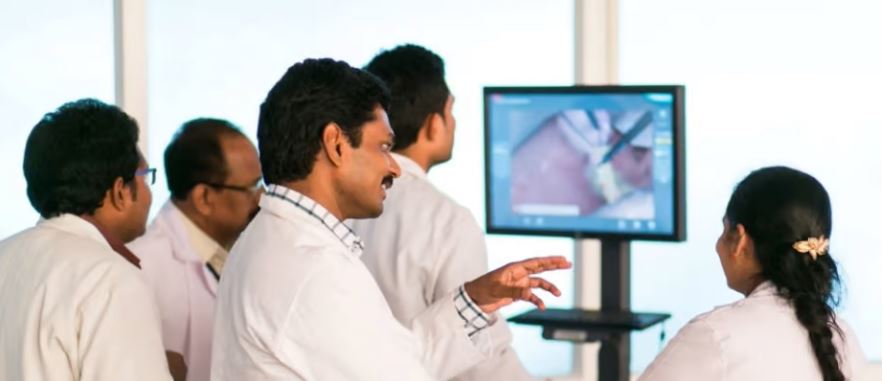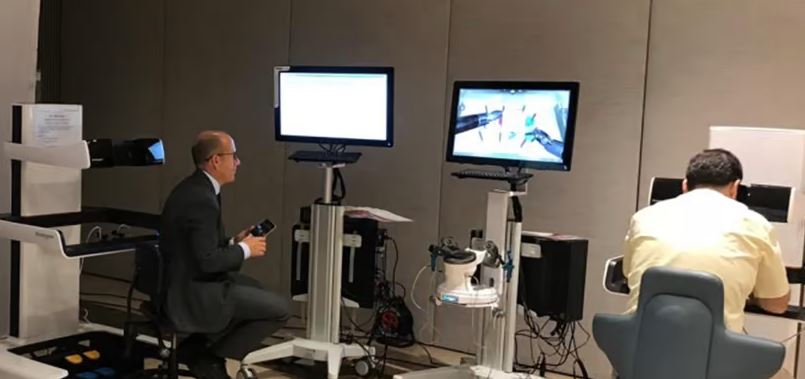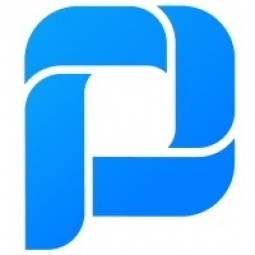Customer Company Size
Large Corporate
Region
- America
Country
- Colombia
Product
- ProcessMaker
- KnowledgeTree®
Tech Stack
- Workflow Automation
- Document Management
Implementation Scale
- Departmental Deployment
Impact Metrics
- Customer Satisfaction
- Productivity Improvements
Technology Category
- Application Infrastructure & Middleware - Data Exchange & Integration
Applicable Industries
- Education
Applicable Functions
- Human Resources
Use Cases
- Regulatory Compliance Monitoring
- Remote Collaboration
Services
- System Integration
About The Customer
The National University of Colombia is a leading institution in higher education in Colombia. It has 8 branches, more than 45,000 students, and a significant staff of professors and administrative employees. The university has a Human Resources division which is responsible for managing everything related to human resources for the university. This includes teachers and staff. The division receives approximately 20 requests per day of different types such as employment certificates, absence requests, management reports, and processes related to the hiring and onboarding of new staff.
The Challenge
The Human Resources division of Colombia’s National University was struggling with managing a high volume of requests related to human resources. They were handling approximately 20 requests per day, including employment certificates, absence requests, management reports, and processes related to the hiring and onboarding of new staff. The division was using printed documents and controlled them with Word documents and Spreadsheets, which led to loss of control over the requests, time wastage in searching for physical documents, and dissatisfaction among their clients due to slow response times. The division also faced challenges with security and integrity of information due to the number of participants involved in the process and the method of storage of the spreadsheets.
The Solution
In 2009, the university initiated a project with Landsoft, S.A. in Medellin, Colombia with the objective of improving the HR processes in the university. After analyzing the processes of the 5 areas, it was decided that the university would begin by applying ProcessMaker to the processes of Request management, New Employee Hiring, and New Employee Onboarding. The processes were also integrated with KnowledgeTree® to provide more advanced storage and version control of the documents that would be uploaded and generated during the workflow processes. The Request Process allowed both internal staff and university departments and external entities to generate requests through ProcessMaker for such needs as vacation requests, employment certificates, sick day requests, absence requests, disciplinary processes and others. The New Employee Hiring and Onboarding Process for Admin Staff allowed the HR department to automate the process of hiring step by step from the time a vacancy is announced internally up until the new employee signs his/her contract and is officially on boarded at the university.
Operational Impact

Case Study missing?
Start adding your own!
Register with your work email and create a new case study profile for your business.
Related Case Studies.

Case Study
Revolutionizing Medical Training in India: GSL Smart Lab and the LAP Mentor
The GSL SMART Lab, a collective effort of the GSL College of Medicine and the GSL College of Nursing and Health Science, was facing a challenge in providing superior training to healthcare professionals. As clinical medicine was becoming more focused on patient safety and quality of care, the need for medical simulation to bridge the educational gap between the classroom and the clinical environment was becoming increasingly apparent. Dr. Sandeep Ganni, the director of the GSL SMART Lab, envisioned a world-class surgical and medical training center where physicians and healthcare professionals could learn skills through simulation training. He was looking for different simulators for different specialties to provide both basic and advanced simulation training. For laparoscopic surgery, he was interested in a high fidelity simulator that could provide basic surgical and suturing skills training for international accreditation as well as specific hands-on training in complex laparoscopic procedures for practicing physicians in India.

Case Study
IoT platform Enables Safety Solutions for U.S. School Districts
Designed to alert drivers when schoolchildren are present, especially in low-visibility conditions, school-zone flasher signals are typically updated manually at each school. The switching is based on the school calendar and manually changed when an unexpected early dismissal occurs, as in the case of a weather-event altering the normal schedule. The process to reprogram the flashers requires a significant effort by school district personnel to implement due to the large number of warning flashers installed across an entire school district.

Case Study
Implementing Robotic Surgery Training Simulator for Enhanced Surgical Proficiency
Fundacio Puigvert, a leading European medical center specializing in Urology, Nephrology, and Andrology, faced a significant challenge in training its surgical residents. The institution recognized the need for a more standardized and comprehensive training curriculum, particularly in the area of robotic surgery. The challenge was underscored by two independent studies showing that less than 5% of residents in Italian and German residency programs could perform major or complex procedures by the end of their residency. The institution sought to establish a virtual reality simulation lab that would include endourological, laparoscopic, and robotic platforms. However, they needed a simulator that could replicate both the hardware and software of the robotic Da Vinci console used in the operating room, without being connected to the actual physical console. They also required a system that could provide both basic and advanced simulation training, and a metrics system to assess the proficiency of the trainees before they performed surgical procedures in the operating theater.

Case Study
Edinburgh Napier University streamlines long-distance learning with Cisco WebEX
• Geographically dispersed campus made in-person meetings costly and inconvenient.• Distance-learning programs in Malaysia, India, and China required dependable, user-friendly online tools to maximize interaction in collaborative workspaces.• Virtual learning environment required a separate sign-in process, resulting in a significant administrative burden for IT staff and limited adoption of collaboration technology.

Case Study
8x increased productivity with VKS
Before VKS, a teacher would spend a lot of time showing a group of 22 students how to build a set of stairs within a semester of 120 hours. Along with not leaving the teacher much time to provide one-on-one support for each student to properly learn carpentry, it also left a considerable amount of room for error. Key information would be misinterpreted or lost as the class was taught in the typical show-and-tell way.

Case Study
Scalable IoT Empowering GreenFlex's Sustainable Growth
GreenFlex, a company that supports sustainable development, decarbonization, and energy efficiency, faced several challenges in its quest to expand its business. The company needed to deploy a robust and sustainable IoT technology to support its growth. It was crucial for them to monitor and control devices at customer sites in a safe and reliable manner. They also needed to integrate devices across a range of communication protocols and gather and act on data to meet efficiency targets. GreenFlex had previously built IoT capabilities into its digital platform, GreenFlexIQ, to monitor and manage customer sites remotely. However, they soon realized that they needed a new platform to support their ambitions. They needed a platform that could scale to connect more devices for production management and make it easier for the operations team to manage devices in the field.







